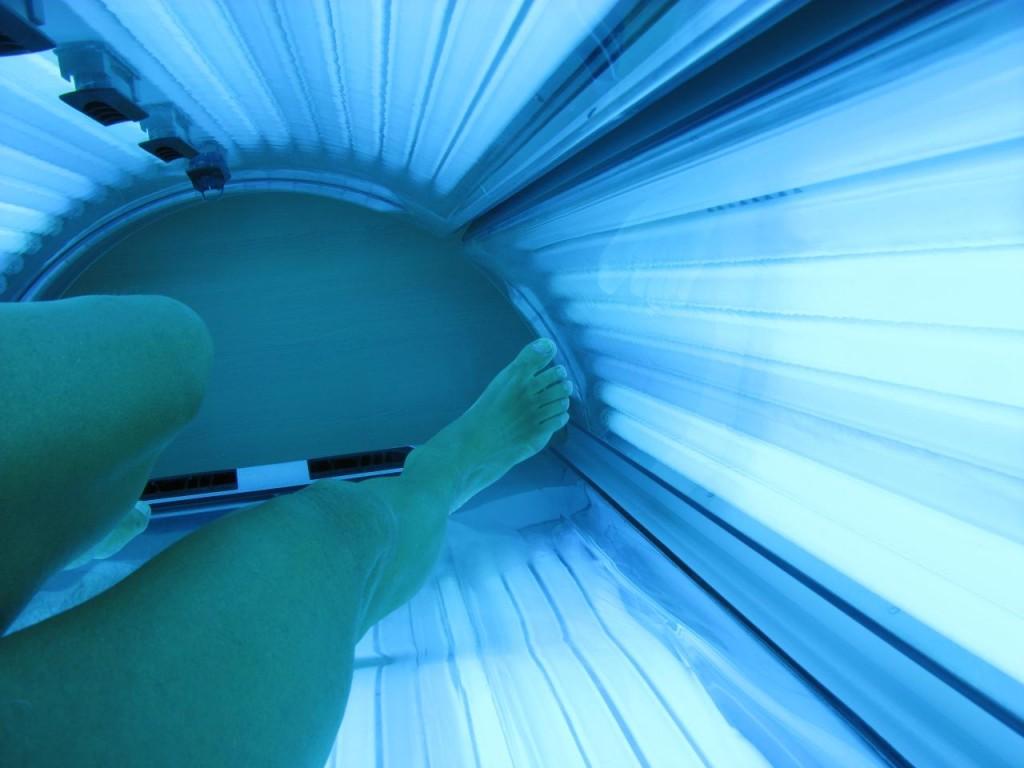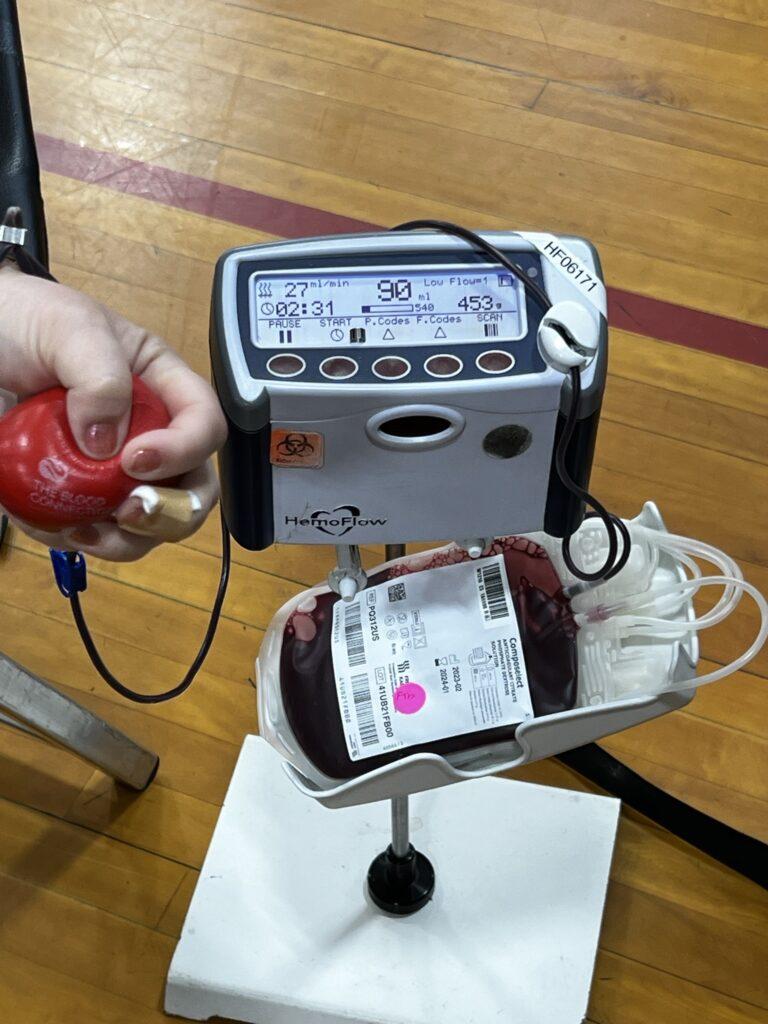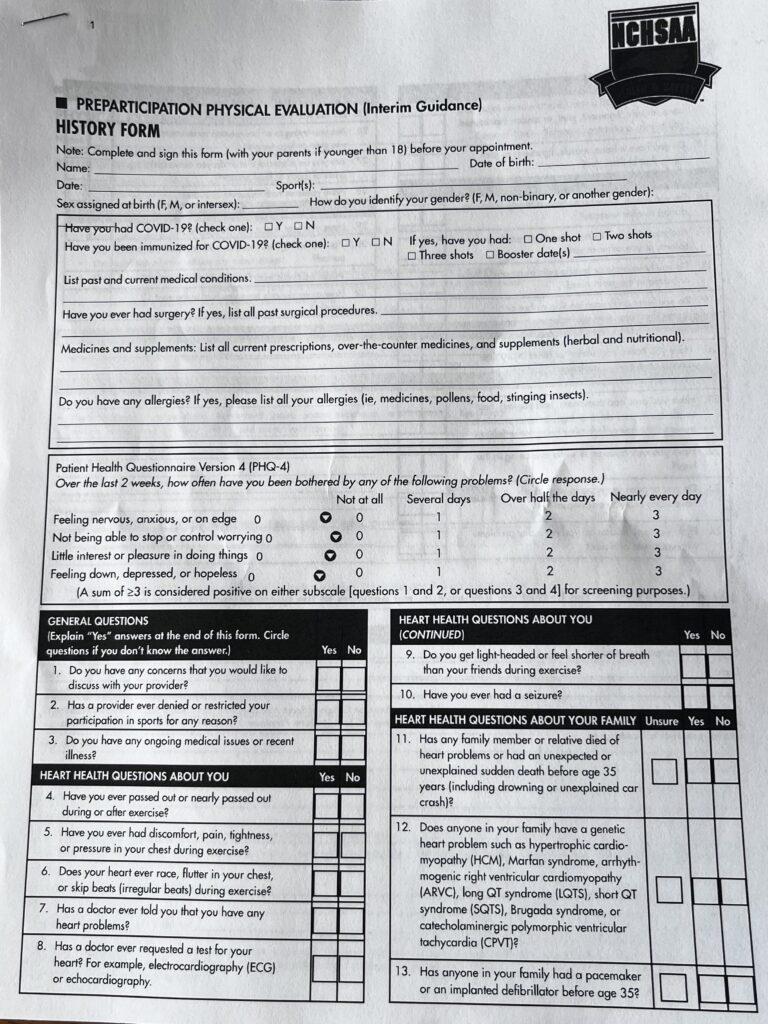Picking out the perfect dress, getting nails done, fixing hair just right and getting that golden tan — these are just some of the preparations young women make for the junior-senior prom.
Normally, these tasks are tedious and time-consuming, but doable. This spring, however, getting that perfect tan may prove more difficult.
The N.C. General Assembly recently passed the Jim Fulghum Teen Skin Cancer Prevention Act, which went into effect on Oct. 1. The new law restricts the use of tanning beds for individuals under the age of 18 and requires patrons to sign a document acknowledging that they know the risks posed by tanning beds. The act also prohibits operators from promoting tanning beds as safe.
“A tan is the skin’s reaction to exposure to UV rays,” Sharon Miller, a U.S. Food and Drug Administration scientist, said to FDA.gov. “Recognizing exposure to the rays as an ‘insult,’ the skin acts in self-defense by producing more melanin, a pigment that darkens the skin. Over time, this damage will lead to prematurely aged skin and, in some cases, skin cancer.”
Tanning causes deep UV radiation damage which leads to skin damage, but getting a sun burn is especially bad for the skin. Tanning beds have been linked to causing the most dangerous form of skin cancer, melanoma. About 78,870 new cases of melanoma are diagnosed each year, from which 9,940 people die, according to www.cancer.org.
“What I like about tanning beds is that the exposure time is limited. The UV light helps to clear up skin and the trained professionals educate you about the use,” junior Destynee Galloway said. “But some cons are that it causes more skin aging and some damage to the eyes, and like natural sunlight, it increases the risk of cancer.”
Some professionals say that natural sun tanning is not nearly as harmful as tanning beds because the concentration of UV rays is not as intense. However, any form of tanning is harmful to the skin and eyes and increases an individual’s chances of getting skin cancer.
“Most of the damage from tanning beds is done when the skin is still young, under the age of 18,” biology teacher Leanna Racquer said. “The damage that you have before age five is the damage that usually causes cancer later. And if we’re exacerbating that with mechanical means, the chances could be exponentially greater.”
A minor’s skin is more vulnerable to harmful UV rays, and over exposure is a recipe for disaster, Racquer said. A study found that anyone under the age of 35 that uses a tanning bed has a 75 percent increased chance of contracting melanoma.
“I feel strongly about this because I had a skin cancer that would have killed me within three years,” Racquer said. “Now I go to my dermatologist every six months. She still cuts out eight to 14 moles each time.”
The act, signed by Gov. Pat McCrory, was named as a tribute to the deceased Republican representative Jim Fulghum, an avid supporter of the act.
“My husband supported this bill because he understood the devastating impact that skin cancer is having on young people — especially young women,” Fulghum’s wife, Mary Susan Fulghum said in a press release. “And as a health care professional, he knew that the most cost-effective health care is prevention.”
Nearly 70 percent of tanning bed patrons are young Caucasian women, predominantly between the ages of 15 and 29, according to the American Academy of Dermatology. If these changes are implemented, minors won’t be able to start harming their skin as early.
“Basically what they’re doing is taking away the rights of the parent to parent. Kids are going to tan regardless. If they do it in a tanning salon, at least they’re supervised,” Tan Epic owner Robert Treadway said. “At least they will have a good salon professional that will prevent them from burning as opposed to turning them loose outside with a bunch of oil and lying there all day, which will cause them to burn.”
In a tanning salon the amount of UV rays and the duration of the tan can be controlled and monitored, Treadway said. But if people just slather on some tanning oil and stay in the sun for too long, they can easily burn themselves.
“Now that tanning beds are banned for minors, my alternative for prom will be to naturally tan outside if it’s warm enough,” Galloway said, “but I think the changes are unnecessary. If your parents know the risks and are OK with your tanning, you should be able to.”
Prior to Oct. 1, high school students could tan if their parents provided a signature on a form granting permission.
Many people are already knowledgeable about the negative effects of tanning; however, they do it anyway. Having a golden tan is considered better than having pasty white skin by some people in today’s society.
“Natural sunlight tanning, tanning beds and spray tans all have risks,” Galloway said. “It just depends on your preference and how much of a risk you’re willing to take to get that perfect tan.”
By Dhuru Patel













